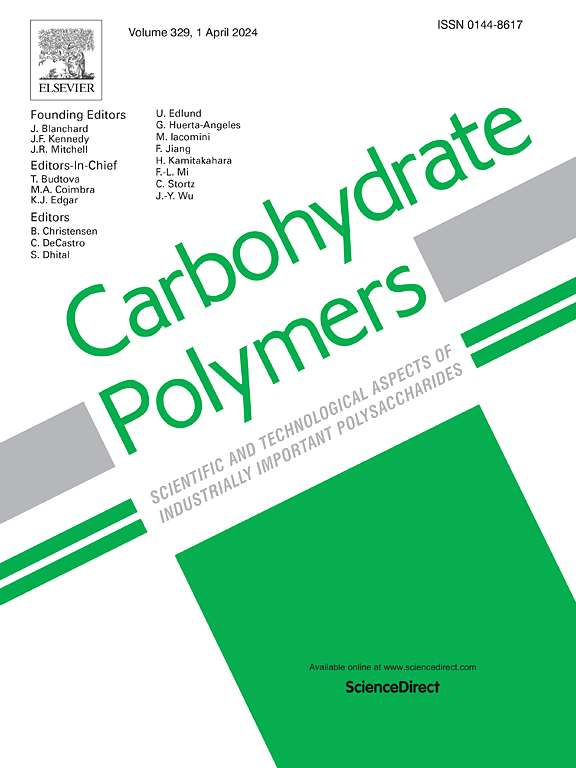Elucidation of molecular recognition of catecholamine enantiomer by cyclodextrin combined ion mobility spectrometry and theoretical calculation
IF 10.7
1区 化学
Q1 CHEMISTRY, APPLIED
引用次数: 0
Abstract
Catecholamines, as important neurotransmitter and clinical drugs, have a wide range of regulatory roles in physiological activities. The recognition of catecholamine enantiomer (CE) and the elucidation of recognition mechanism are of great significance for the in-depth understanding of biomolecular interactions. This work reveals the molecular recognition mechanism of cyclodextrin (CD) towards CEs through experimental measurements of ion mobility spectrometry (IMS) and theoretical studies including molecular dynamics (MD) simulation and quantum chemical (QC) calculation. The CEs can be discriminated by constructing multi-nary non-covalent complex with CDs by IMS. MD simulation confirm the binding behavior and conformation preference of binary complexes with CEs and α-CD, and further QC calculation optimize the gas-phase ion structure, demonstrate the differences in geometry and energy. Visualization of non-covalent interactions (NCI) resolve the regions and features of intermolecular interactions and illustrate that recognition originates from different contribution of hydrogen bonds between the chiral center of CE and the larger rim of α-CD. Further topological analysis indicates that the difference in the sum of effective hydrogen bond energies has a positive correlation with the recognition efficiency. This work provides new approach for structure elucidation of supramolecular complexes and mechanism elucidation of molecular recognition under the guidance of IMS.

求助全文
约1分钟内获得全文
求助全文
来源期刊

Carbohydrate Polymers
化学-高分子科学
CiteScore
22.40
自引率
8.00%
发文量
1286
审稿时长
47 days
期刊介绍:
Carbohydrate Polymers stands as a prominent journal in the glycoscience field, dedicated to exploring and harnessing the potential of polysaccharides with applications spanning bioenergy, bioplastics, biomaterials, biorefining, chemistry, drug delivery, food, health, nanotechnology, packaging, paper, pharmaceuticals, medicine, oil recovery, textiles, tissue engineering, wood, and various aspects of glycoscience.
The journal emphasizes the central role of well-characterized carbohydrate polymers, highlighting their significance as the primary focus rather than a peripheral topic. Each paper must prominently feature at least one named carbohydrate polymer, evident in both citation and title, with a commitment to innovative research that advances scientific knowledge.
文献相关原料
公司名称
产品信息
阿拉丁
γ-cyclodextrin (γ-CD)
阿拉丁
β-cyclodextrin (β-CD)
阿拉丁
α-cyclodextrin (α-CD)
阿拉丁
D-dopa (DD)
阿拉丁
L-dopa (LD)
阿拉丁
D-norepinephrine (DNE)
阿拉丁
L-norepinephrine (LNE)
阿拉丁
D-epinephrine (DE)
阿拉丁
L-epinephrine (LE)
 求助内容:
求助内容: 应助结果提醒方式:
应助结果提醒方式:


